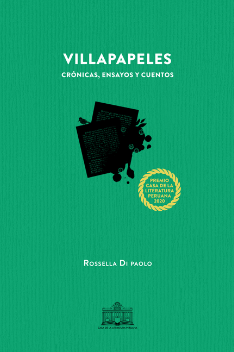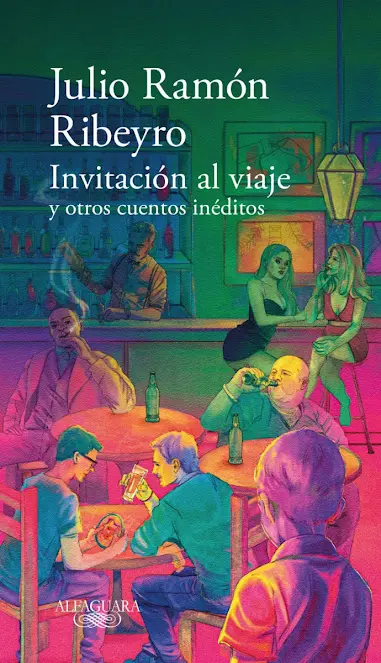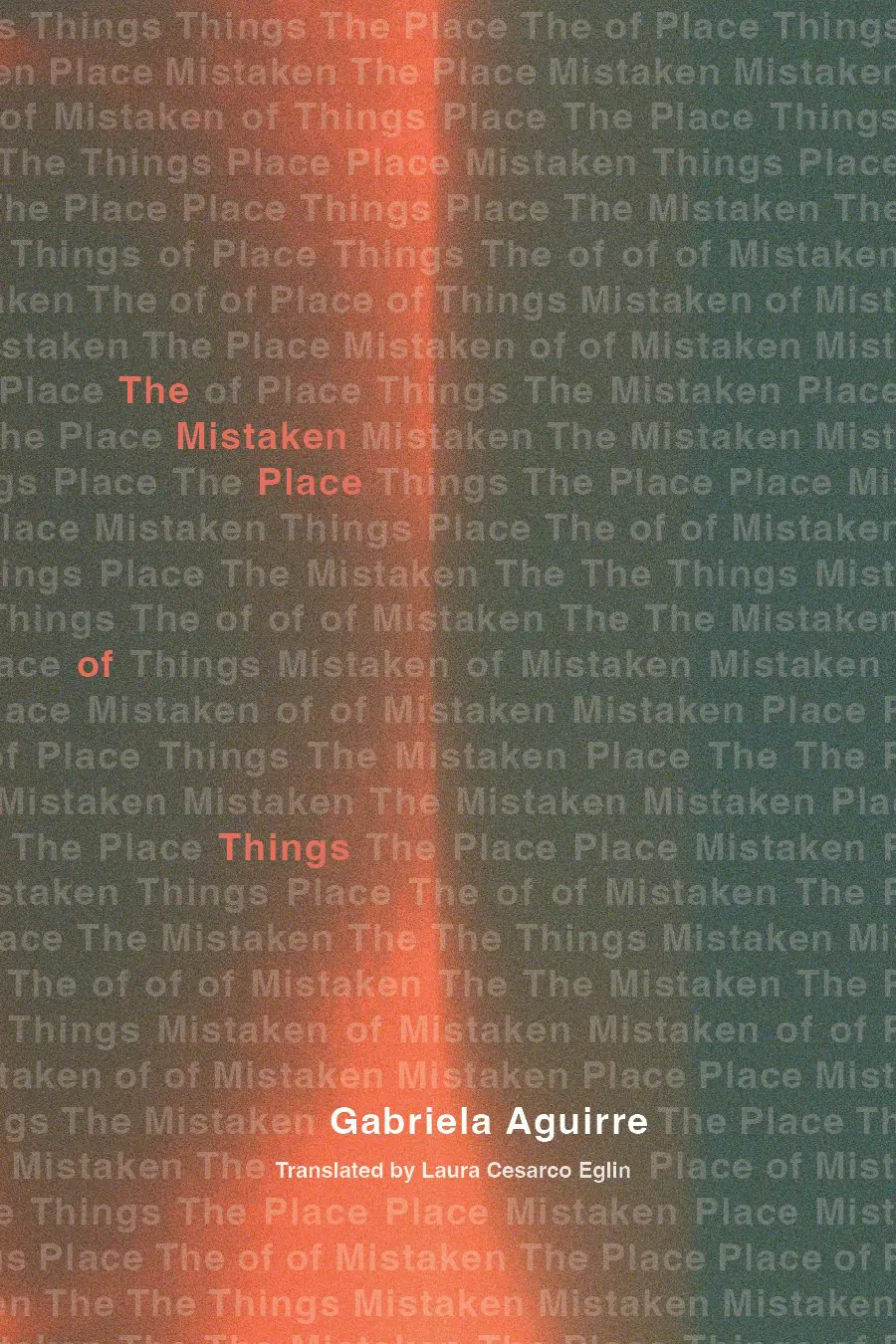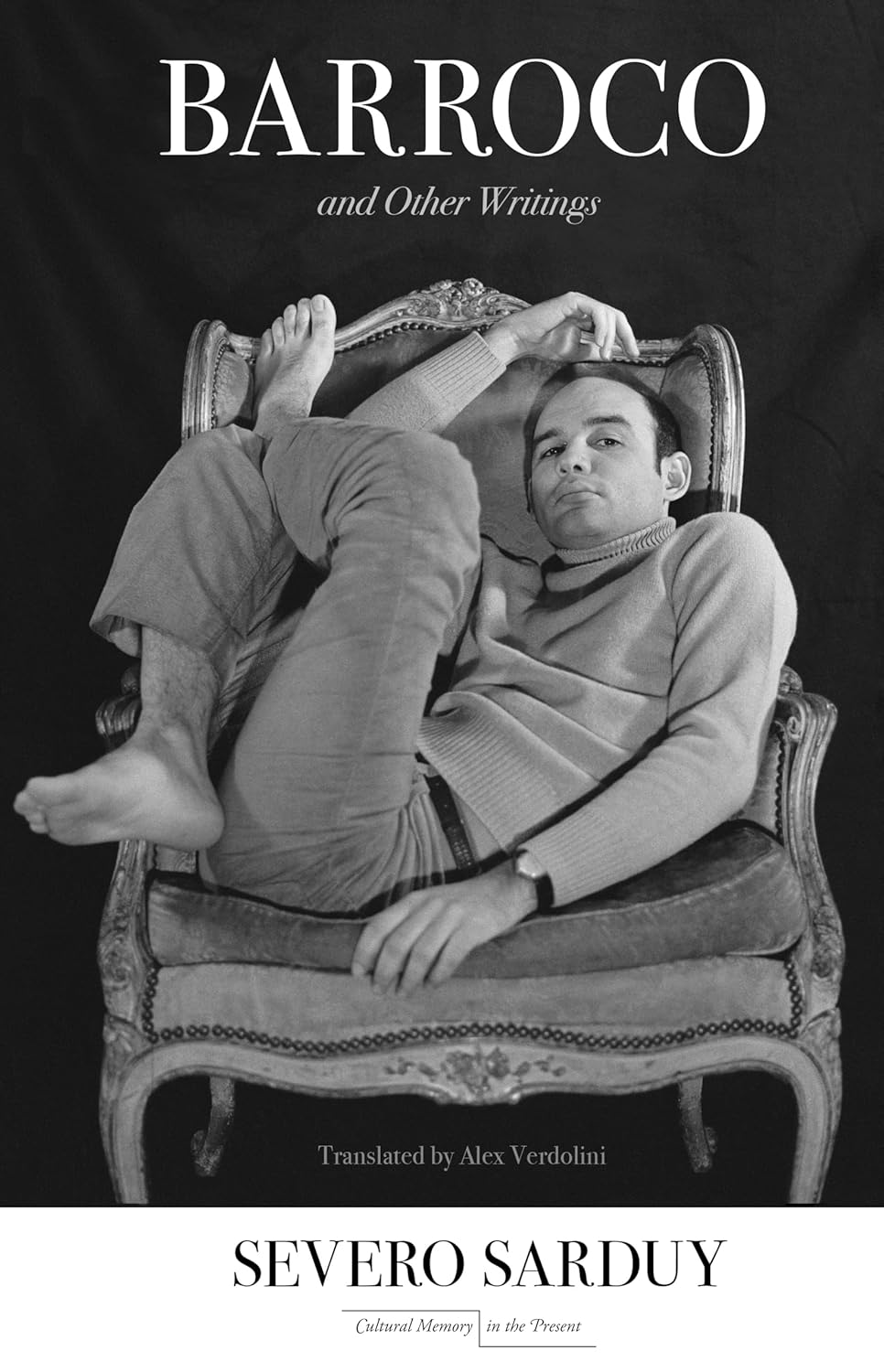Colorado. Translations/Traducciones. Mary Crow, Camille Dungy, Sasha Steensen and Dan Beachy-Quick. Silvia Soler Gallego and Francisco Leal, editors. Santiago, Chile: RIL editors- Aerea | esamble, 2019. 284 pages. ISBN 978-956-01-0565-3
 In A Treatise of Human Nature (1738), David Hume reflects on the operational mode of imagination in “mental geography”. On the one hand, imagination operates by association of ideas or images that are not necessarily linked. Furthermore, the association does not follow a pre-established pattern of liaison, thus enjoying a freedom that can reveal a novel reality or an alternative response, as is the case with the metaphor, for example. Unlike imagination, reason works by comparison, relating the “new impression” or “new idea” to the previously stored code. In other words, it is cumulative, or if there is incapability, another category is generated. Graphically, it would work like this:
In A Treatise of Human Nature (1738), David Hume reflects on the operational mode of imagination in “mental geography”. On the one hand, imagination operates by association of ideas or images that are not necessarily linked. Furthermore, the association does not follow a pre-established pattern of liaison, thus enjoying a freedom that can reveal a novel reality or an alternative response, as is the case with the metaphor, for example. Unlike imagination, reason works by comparison, relating the “new impression” or “new idea” to the previously stored code. In other words, it is cumulative, or if there is incapability, another category is generated. Graphically, it would work like this:
Imagination: ·· + | = ^
Reason: 0 + 000000000 ¬ = 0
Colorado. Translations/Traducciones (2019) is an artifact of the imagination of Silvia Soler Gallego, translator, and Francisco Leal, poet and translator. The volume is an anthology of mostly bilingual English/Spanish poetry—some poems are translated into French—which brings together four American poets: Mary Crow, Camille Dungy, Sasha Steensen and Dan Beachy-Quick.
The reason for bringing them together is somewhat random and geographical, as all four share the space outlined by the Rocky Mountains in the western United States: Colorado. The book is a novelty in both English and Spanish. In English, it is a collection that is not limited to the regionalism that gives it its name, but to the challenge of uniting four voices of contemporary American poetry who, in turn, are in dialogue with other figures of universal literature: Cavafis, the pre-Socratic philosophers, Adrienne Rich and William Carlos Williams, among others. In Spanish, it is the first time that readers have had access to the work of these poets who are already well established in the American literary field.
If these poets were brought together by chance, the delicate translation process is the result of a judiciously planned course of translation theory and practice. In the classroom, the poets, their poems, the editors/teachers and the voices of the trainee translators were all on the same level “I deeply honor the art and practice of translation,” says Camille Dungy, “without which we wouldn’t have, I would adventure to say, eighty-five percent of the great writing we have access to” (p. 36). The collective spirit of this volume goes beyond the definition of a simple anthology and illustrates how creation feeds on dialogue and shared reading. In the Epilogue, Soler and Leal describe the different translation methodologies and precise decisions that were made. In some cases, something was omitted to bring out a certain meaning. In others, spaces were maintained, and attention was paid to vowels to convey the feeling of movement, as in Dan Beachy-Quick’s texts.
In editorial terms, the book has several merits. The first is that each poet’s section opens with a reflection on translation and the art of making poetry. “Translation, Steensen said, is one of many community-building projects which allow the U.S. to ‘expand outward’ rather than becoming ‘more insular’” (p. 145). The second accomplishment is that the volume trains the reader to access spaces that demand increasingly sophisticated reading skills as the anthology progresses. The spatial organization generates a collective reading model, while managing to keep the thematic and stylistic individuality of each author without this representing a hierarchy.
Here are the poets:
Mary Crow is both a creator and a translator. Thanks to her work, the English public has access to the work of Latin American poets such as Roberto Juarroz, Olga Orozco and Jorge Teillier. Engravings Torn from Insomnia: Poems by Olga Orozco was a finalist for the PEN USA Translation Award in 2002. In her poetry, Crow explores distance and its opportunities through travel, light, and the reflexive self. For Crow, to be in space is to be in the labyrinth and to recognize the split, like a wound, perhaps?
Giant pine trees scattered light
so that fragments fell over me
but not like stars —like soul shards
shuddered into place
Pinos gigantes rompieron la luz
y los fragmentos cayeron sobre mí
pero no como estrellas —como pedazos de alma
que se asientan violentamente
(p. 32-33)
For Camille Dungy, poetry is an act of translation in which certain aspects of reality are rescued through the poem. Dungy explores the most uncomfortable and complex places, lit by the shadow of what is not there. The poet confronts us from that silence between the world and the microcosm of the accosted, he accused, and the immigrant. She also achieves other tones to explore the tenderness of new life, counter-readings and the condition of those who are disposable in this world of exchange values:
help me, I was overwhelmed when P—— got carried away and abandoned
everything: her knives and her dishes, plants, poems, pictures, telephone,
records, everything, everyone, linens, lovers even, her pen, her books, her name,
sí, estaba abrumada cuando se llevaron a P——y lo abandonó
todo: sus cuchillos y sus platos, plantas, poemas, fotos, teléfono,
discos, todo, todos, ropa de cama, hasta amantes, su bolígrafo, sus libros, su nombre,
(p. 62-63)
On the other hand, Sasha Steensen opts for a philosophical and somewhat inscrutable intonation in constant movement. In her poetry, she explores a natural environment that becomes political, as if her verses invoked a wisdom, we are not able to instantly grasp:
if the river we watch
watches itself
we see a watchful stone
we do not see tides
si el río que observamos
se observa a sí mismo
vemos una piedra que observa
no vemos las mareas
(p. 174-175)
The last poet, Ben Beachy-Quic, had in mind the fragments of pre-Socratic philosophers when he composed the beautiful exercise Shields & Shards & Stitches & Songs (2015). Thinking like a reverse archeologist, he builds his poetry to be dismantled, to be “distilled”, as the editors would say. Seven “Escudos” [Shields] are composed—five are translated in the anthology—that gradually lose words to become original units, recomposed into a final “Canción” [Song] like a palimpsest. It is a game with sound and space, a suggestive and delectable reading experience. As he deletes, the poet multiplies and recreates:
STITCH
a
tone
o
moan
o
poet
PUNTO
a h
canto
a h
queja
el
poeta
(p. 218-219)
This anthology goes back to the original oral way of transmitting poetry. Orality is kept alive by distances, by the additions and omissions of the imagination and the memory of the aeda, whose song can link the listener and the world.
María Inés Canto
Colorado State University
Translated by Colaboratorio Ávila
María Inés Canto is an Assistant Professor of Spanish in Modern Mexican Literature and Culture. She holds a Ph.D. in Hispanic Languages and Literatures (2016) and an M.A. in Portuguese and Brazilian Literatures (2015) from the University of California, Santa Barbara. Her research engages with the relationships of literature and visual arts. She has published many articles on Mexican and Latin American Literature.
Colaborativo Ávila is a translation collective formed by Katie Brown, Claudia Cavallín, María Gracia Pardo, and Raquel Rivas Rojas. Their objective is to let the Venezuelan accent and the Latin American viewpoint into every text, to add when there is no need to take away, to build without betrayal, to accept sudden revelations and to celebrate the results with laughs that cross oceans.







